This lesson is part of my “From the Archives” series: 20 lessons in 20 weeks from 20 years of teaching. Enjoy!
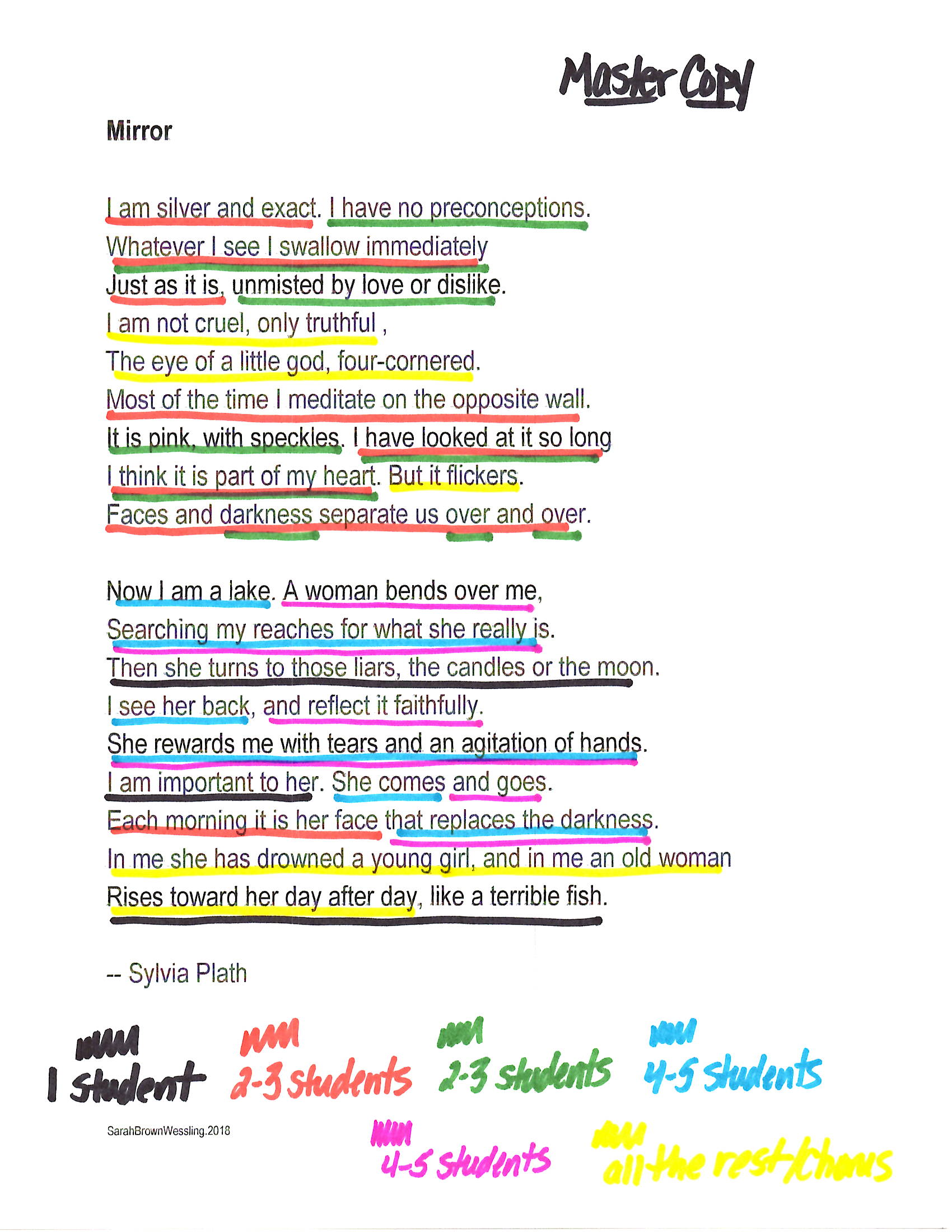
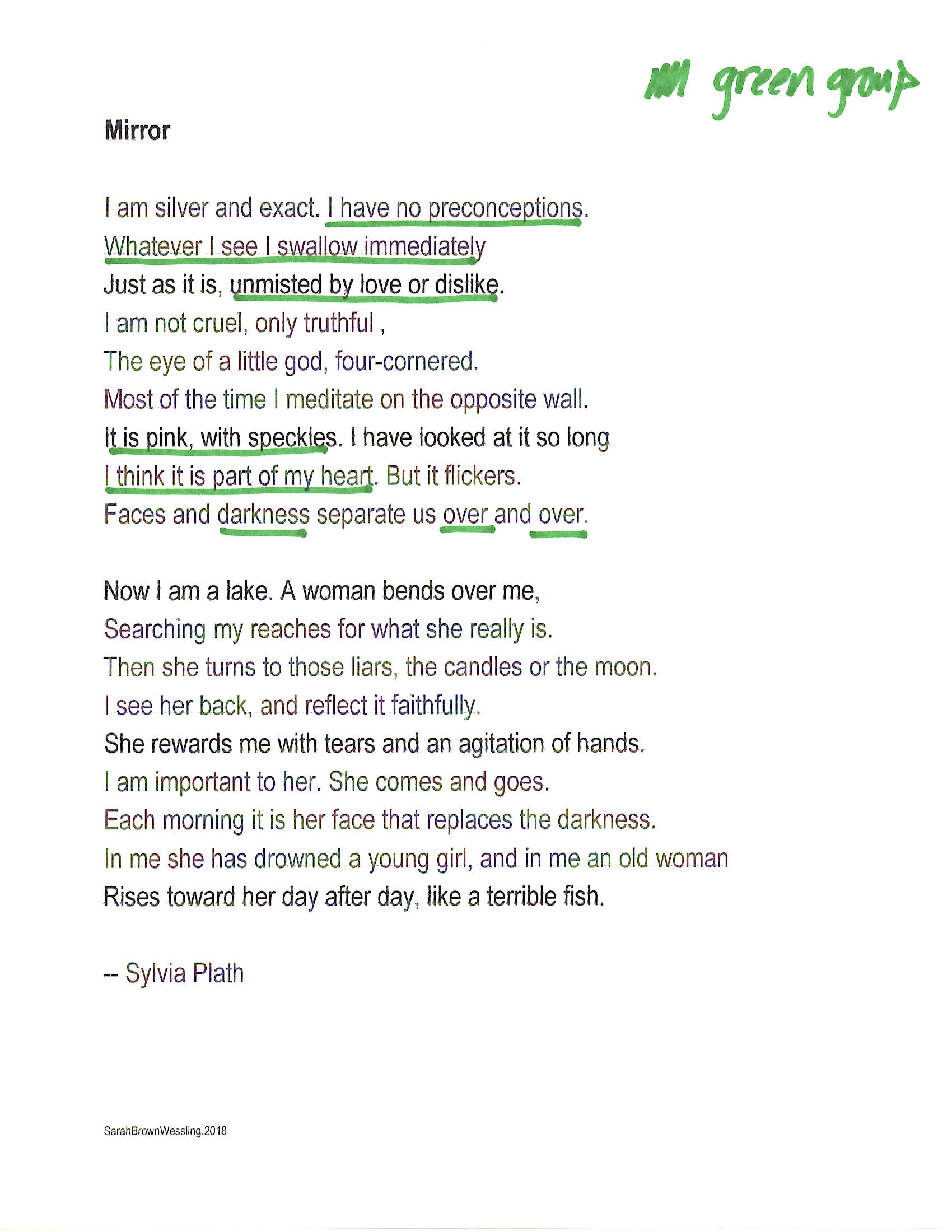
I first taught this lesson when I interviewed for my first teaching job. (I know. Who teaches a lesson they’ve never taught before on a job interview?) They gave me a couple of directions: 1) teach Sylvia Plath’s “Mirror” to 10th graders and 2) you have 35 minutes.
Going into that experience, I had one goal in mind: actually teach something. I had this sense it would be really easy to go into a classroom and present something to students and hopefully prove I was a strong candidate for the job. But somehow I also understood that would be me doing the learning instead of the students. I knew I had to get students to interact with the poem as much as possible before I started to ask them questions about its meaning. That’s when I thought about this idea of a choral reading. I knew they would have to read it several times in order for us to have this “performance” and I hoped that would help give us an entrance into discussing the poem.
Here’s what I did. (In case you’re curious, I ended up getting the job and making Cedar Falls High School my home for my first year of teaching.)
Let me just say, there are definitely details about this lesson I don’t remember, but here are the broad strokes I do.
-
- I began by showing students (on an overhead projector of course) a copy of this old woman/young woman illusion. I asked them what they saw. Then I pushed them to see both women and asked studen
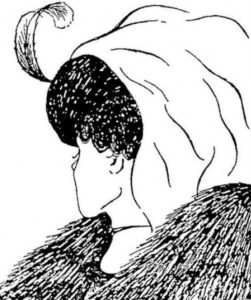 ts to think about the intersection of both of them. I asked them if these women were entirely separate from each other or somehow connected. This brief conversation got them ready to engage with the poem.
ts to think about the intersection of both of them. I asked them if these women were entirely separate from each other or somehow connected. This brief conversation got them ready to engage with the poem.
- I began by showing students (on an overhead projector of course) a copy of this old woman/young woman illusion. I asked them what they saw. Then I pushed them to see both women and asked studen
-
- I handed out color coordinated copies of the poem (see below) and read it aloud to them once. As I read to them, I talked out loud about reading a poem fluently by paying attention to pauses marked by punctuation instead of line breaks. (If I would have had more time, this would have been a perfect time to introduce words like enjambment and caesura.)
- Then I asked them to read it aloud to themselves to get comfortable with the language. I still haven’t talked about the color-coordination.
- Once I sensed they were pretty comfortable, I asked them to find the other people in the class who had the same color-coded copy they did. In other words, yellows find yellows, pinks finds pinks, etc. I gave them several minutes to practice just the lines that were marked for them.
- Then, we pushed the desks back, got in a large circle and did the choral reading based on the color-coding. I told them we’d practice once and then perform the second time. We did and they did and it was awesome! I remember being so proud of these students I’d only met 25 minutes earlier!
- They were smiling and we all were feeling pretty good about our work, but I also knew it didn’t matter if it didn’t give us a pathway into the poem. Although I can’t recall the discussion, I know these are most likely some of the questions I asked them after the reading:
- What did you learn about the poem from reading it so many times? What changed for you from the first time you read it until this last time?
- What do you think this poem is about? How do you know? Which words make you think so?
- Why do you think I shared the picture of the old woman/young woman at the beginning of class with you? What does it have to do with the poem?
- What questions does the poem raise for you?
- Is the poem actually about a mirror? If not, what is it actually about?
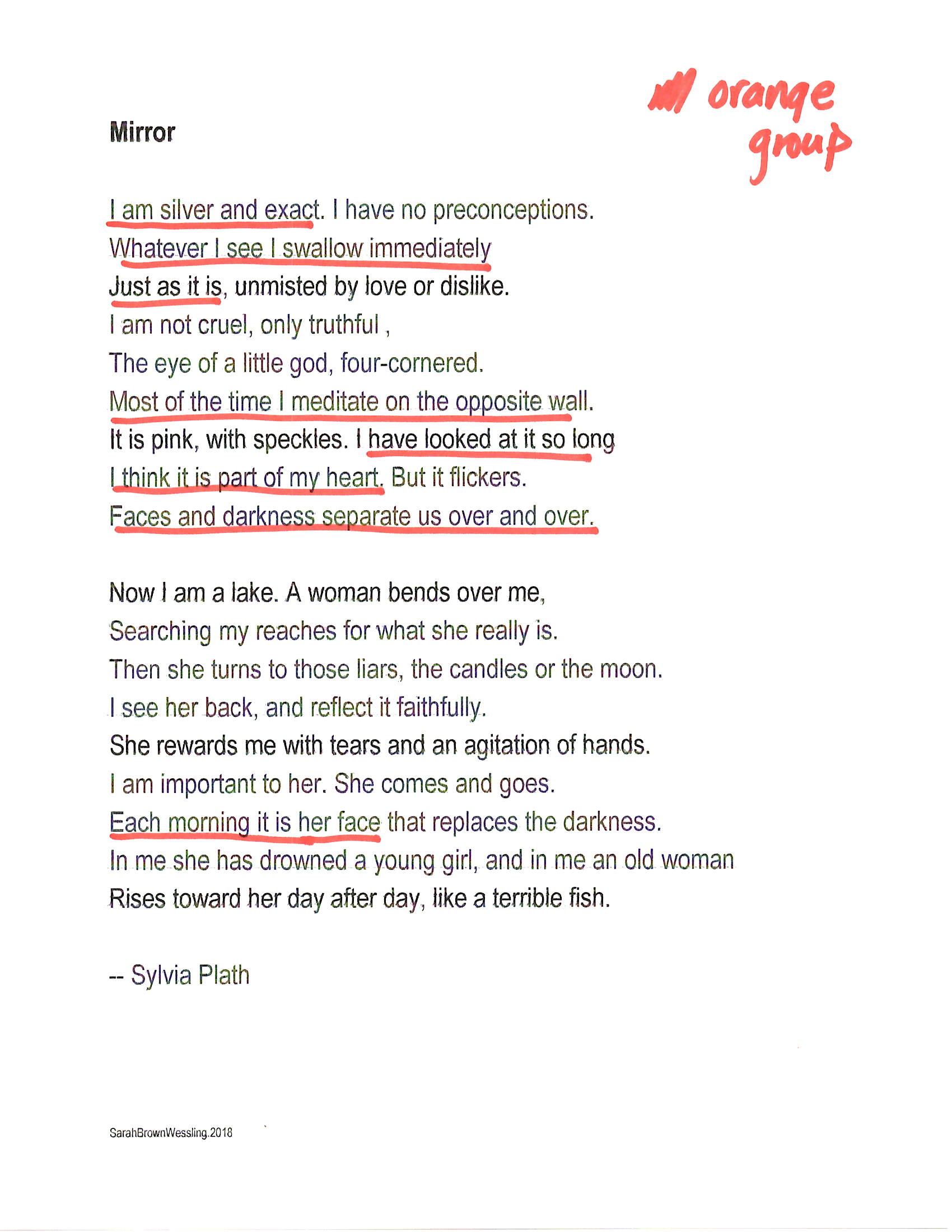
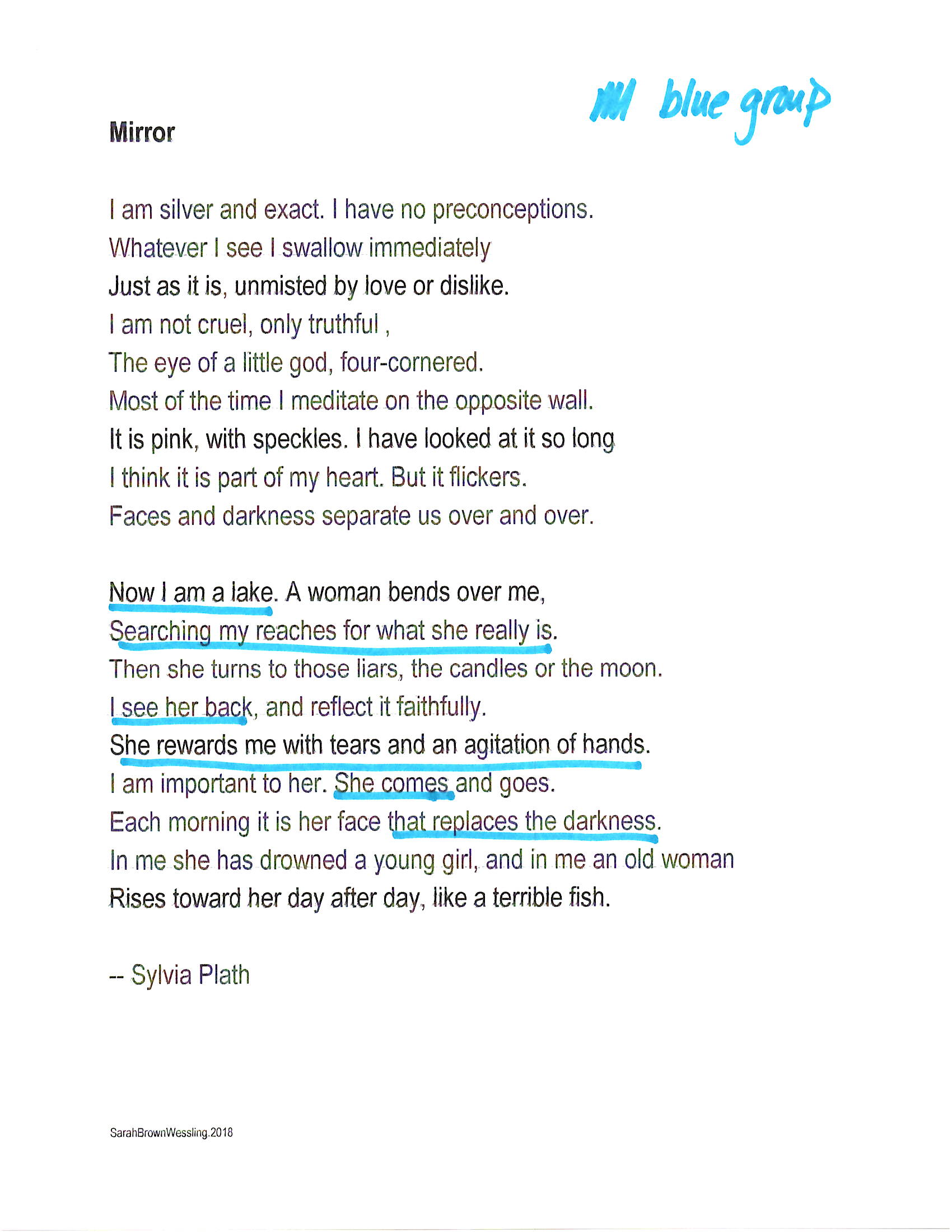
Truthfully, I would probably use it very similarly. But with some variations. Here are some ideas:
- Variation CHORAL READING: If there would be enough time, I would ask small groups to create their own version of a choral reading and then be able to describe HOW that choral reading underscores their understanding of the poem. Then, we’d pick at least 2-3 to perform as a class within a day or so and discuss how the choral readings demonstrated different interpretations of the poem.
- Variation HIDDEN TITLE. Another way to approach this poem would be to process with the lesson the way I’d described EXCEPT by removing the title from the poem. Then, part of their work throughout the choral reading experience would be to try and figure out the title. (These are the kinds of little challenges and inquiries that often force readers into more details of poems without a heavy hand.)
- Variation ANALYSIS. Students could certainly work on a careful analysis of this poem that would cumulate into a written analysis. They could analyze the imagery for its impact on meaning. They could analyze “opposite words” (e.g. love vs. dislike, liars vs. truthful, agitation vs. faithfully) and see how their use creates meaning in the poem. Of course, any kind of analysis that gets students deeper into the poem works here!
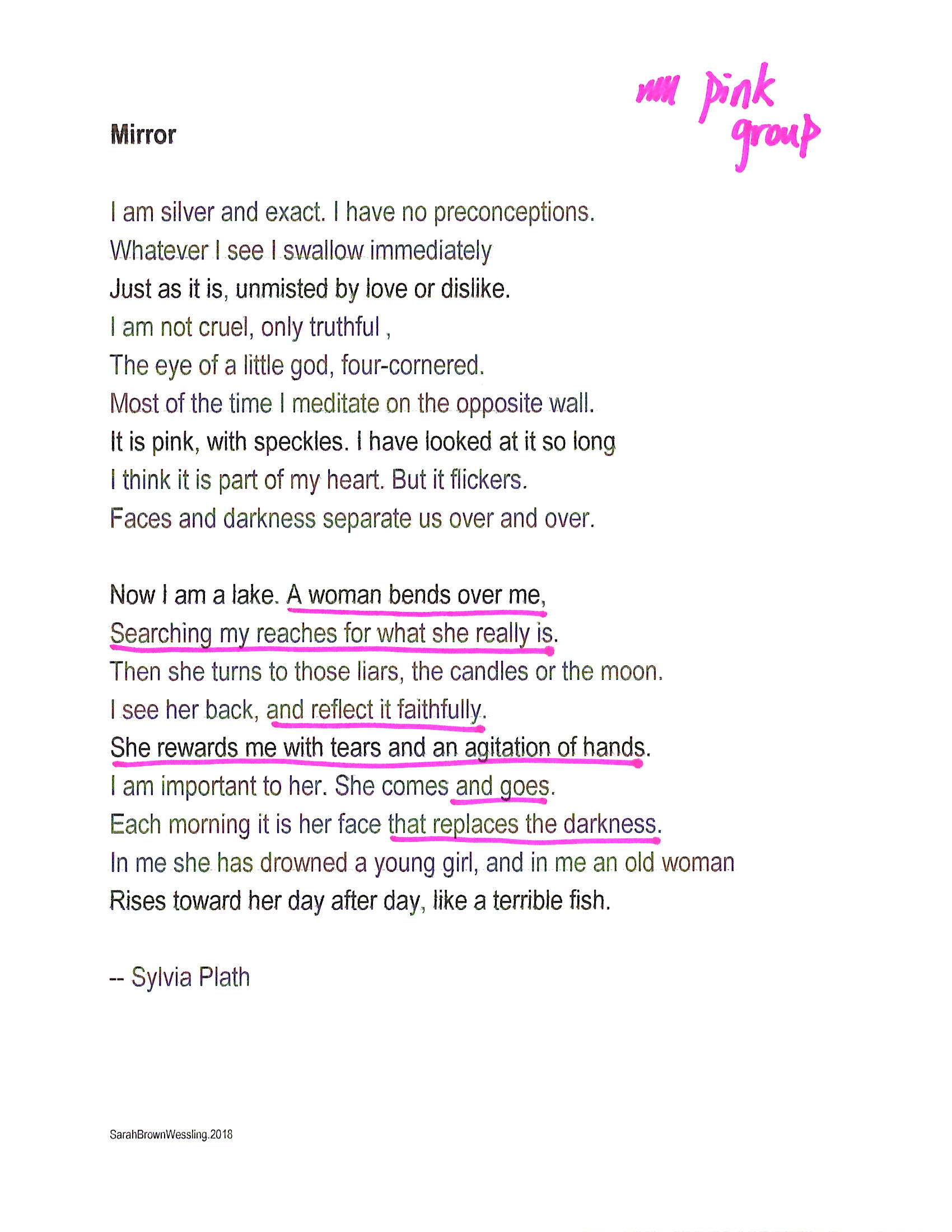
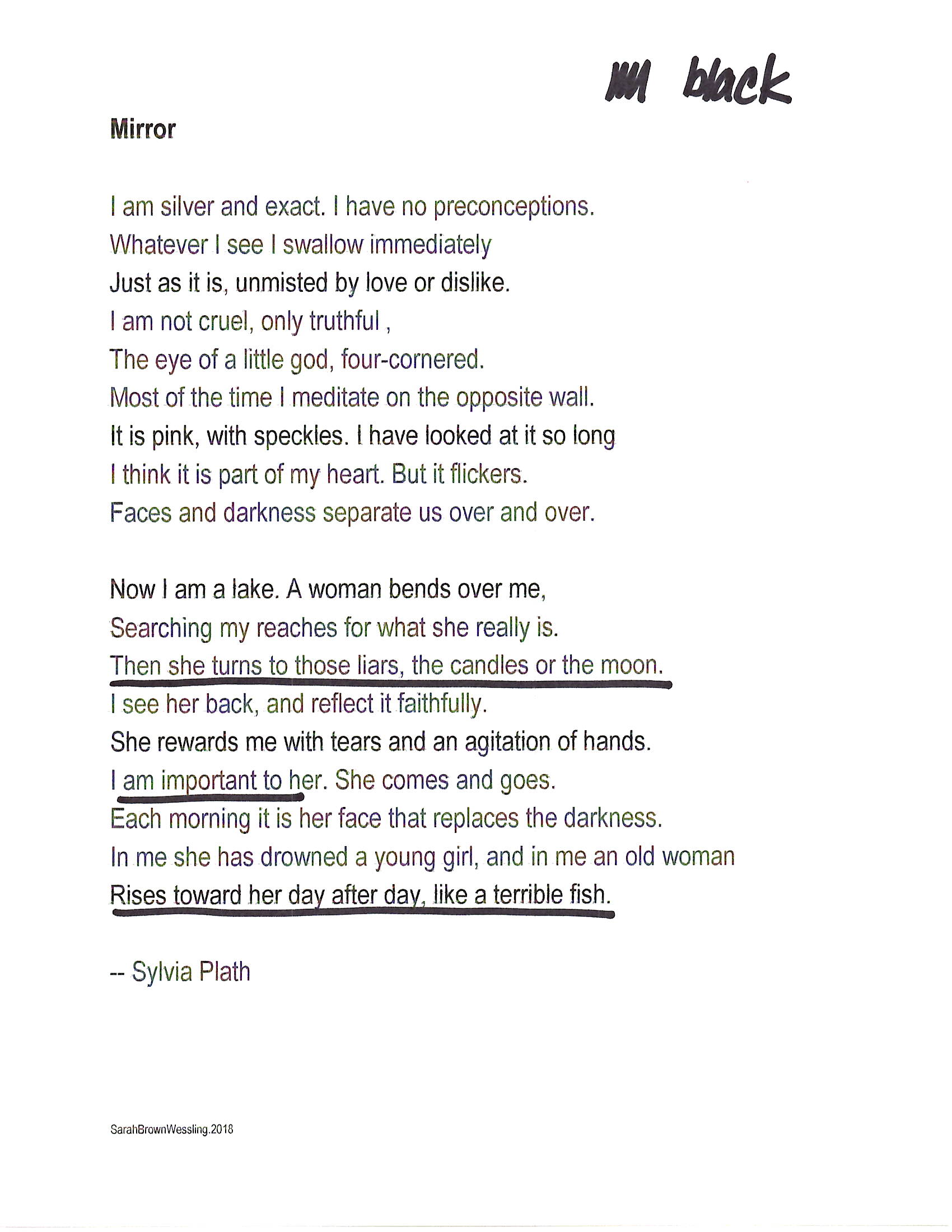
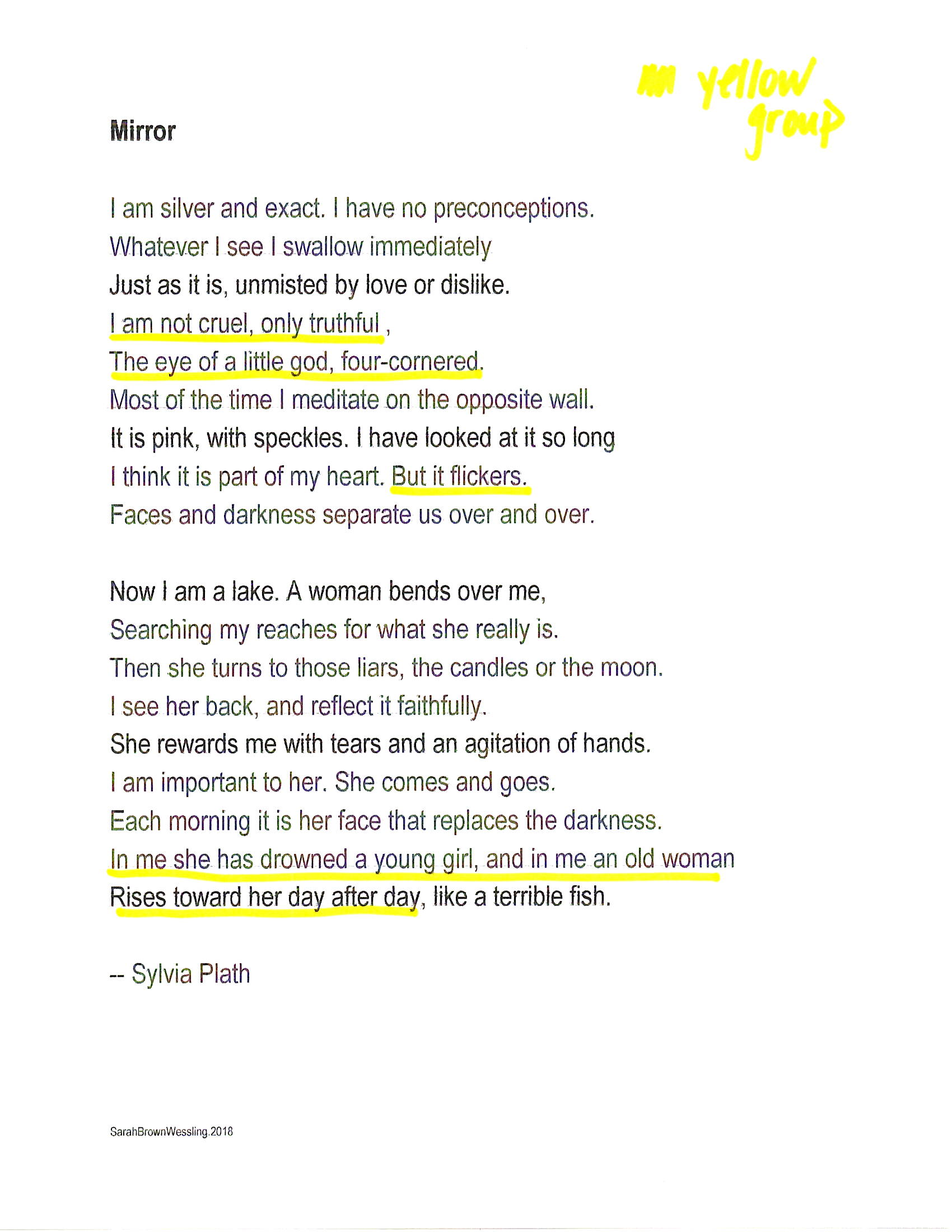
What ideas do you have? Be sure to add them in the comments below!
Also, here’s a PDF of all the HANDOUTS. Enjoy!



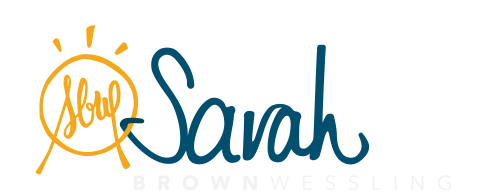
I love this poem and this lesson! It is so great we students are forced to look at pieces of the poem before “stabbing at” the meaning of the whole. It always leads to deeper understanding and more thoughtful interpretation. The choral reading idea is something that I use with Shakespeare all the time. I have never tried it with poetry, but I will now. Thank you for always being so inspiring, Sarah. I always leave here with an idea or a refreshing look at something.
Hi Ashley!
I completely agree with you about giving students lots of interactions with a poem (or any text) before they dig in for that deeper meaning. I’ve made the mistake (too many times) of going straight for big analysis and am so much more mindful, now, of creating pathways. Thank you for your kind words!
Sarah
costco pharmacy pricing coupon code for canada drugs cross border pharmacy canada